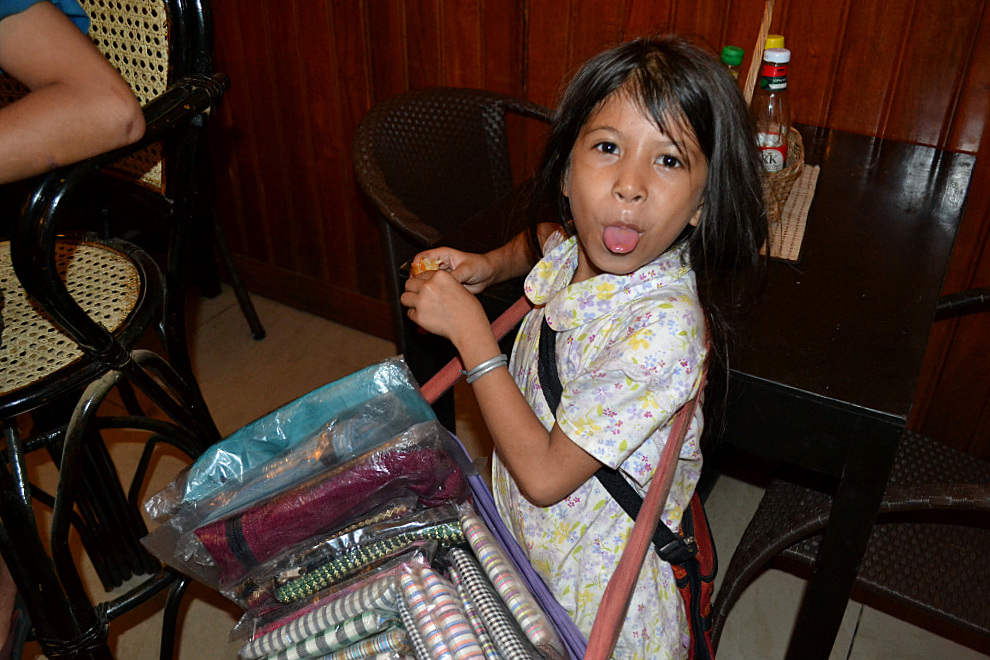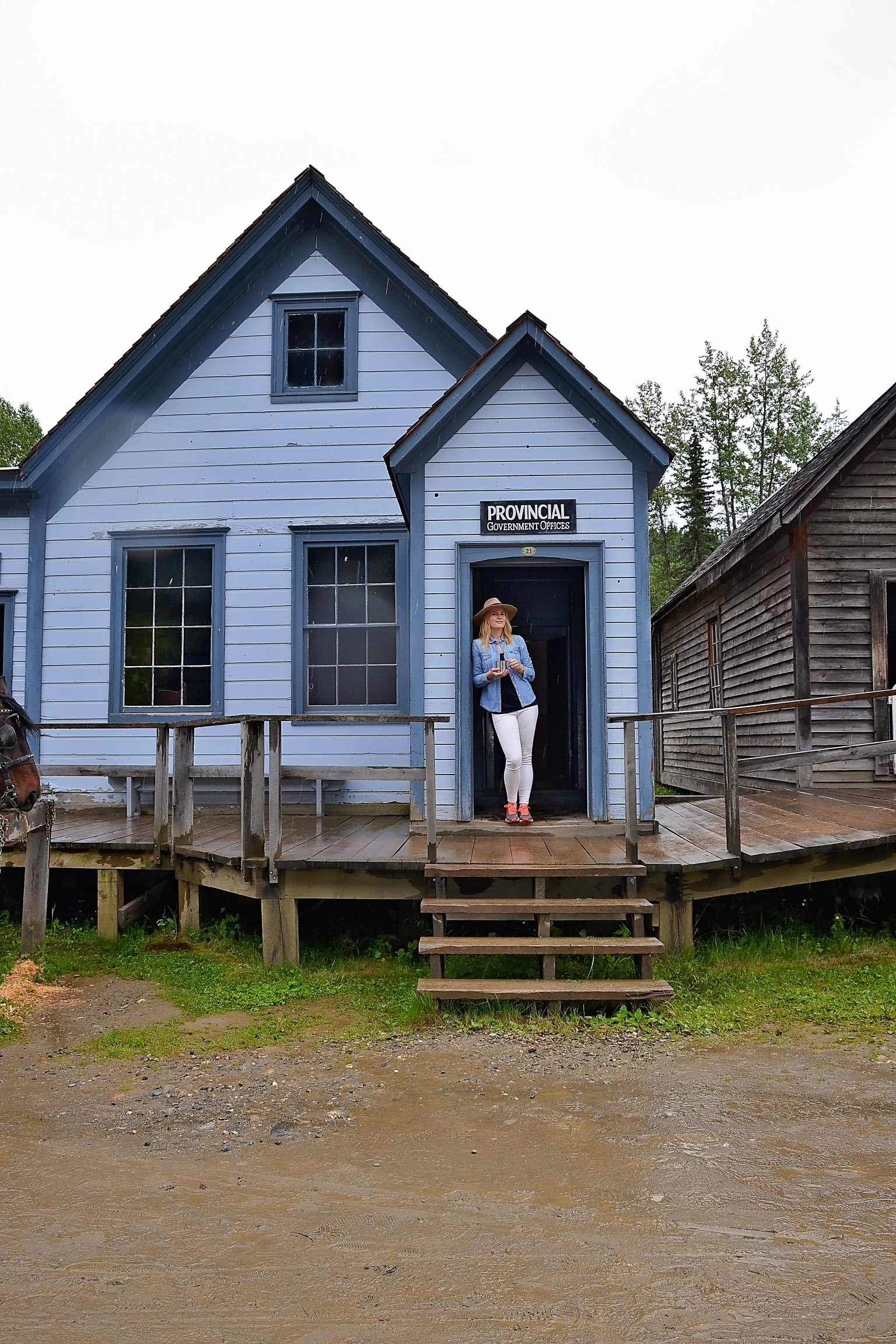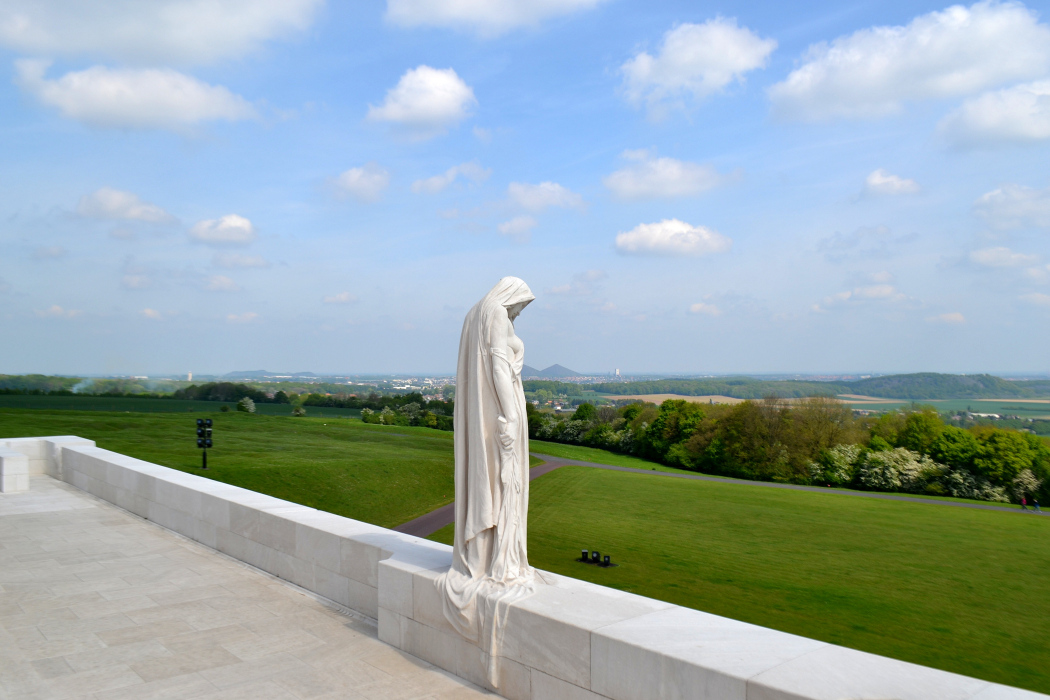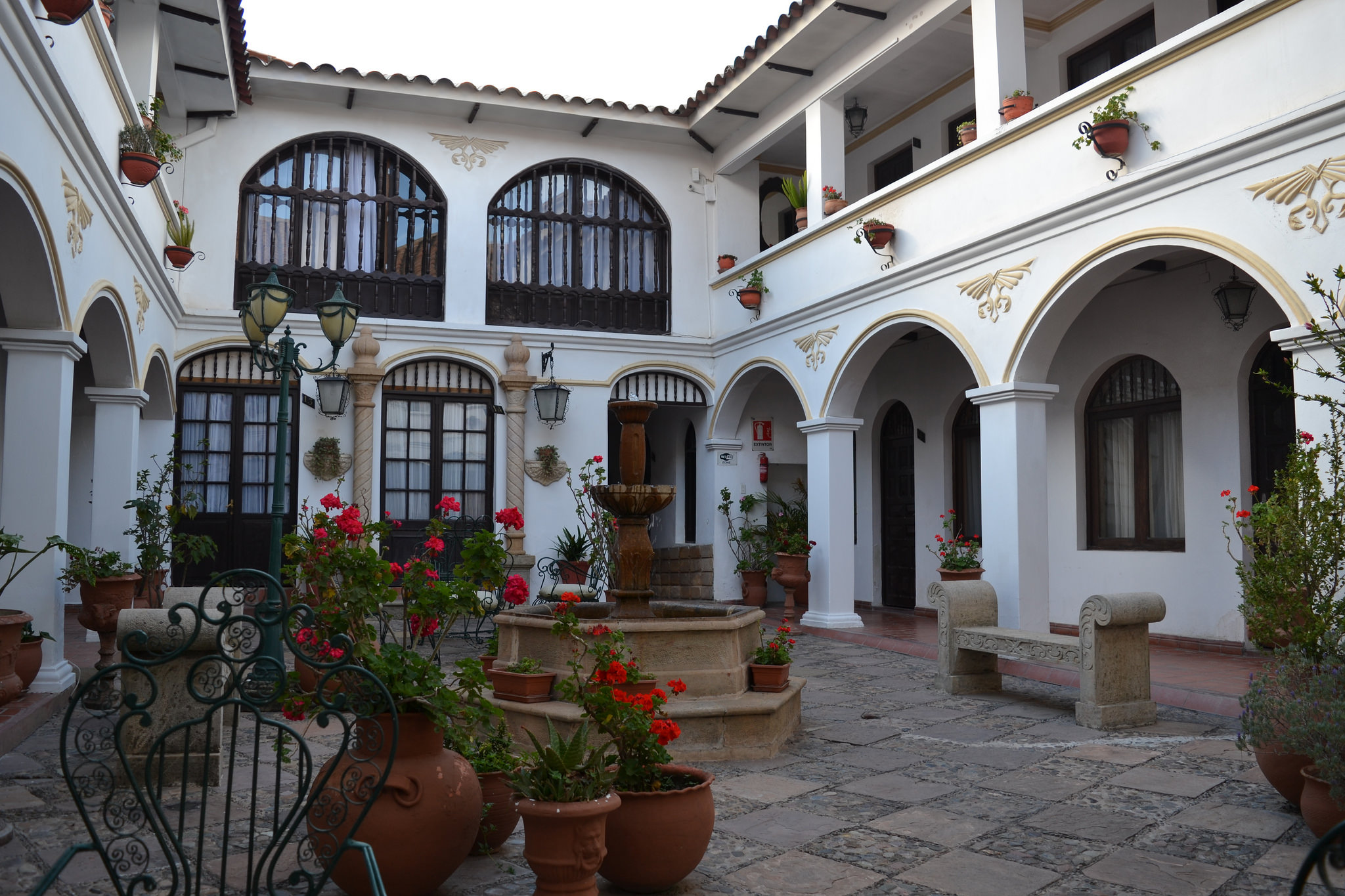Travel Dilemma: Heartbreaking Interactions with Southeast Asia’s Child Beggars
While begging occurs widely throughout Southeast Asia, we were struck by the prevalence of child begging in Siem Reap. Frankly, it caught us off guard. Should we help out or abstain? What were the economics behind it and what potential social repercussions would we be compounding? Being approached by a young child was alarming. She would hold your arm, look up at you with large brown eyes and say, “I no want your money, I am huuuuuungry.” Sure, she was small, as most Asian people are, but something was off. She didn’t look hungry. I needed to research this a bit further. Here’s what I uncovered online. Common Child Begging ‘Scams’ Kids are effective beggars because adults are more predisposed to giving children money. This encourages parents to put their children on the street, which is especially dangerous given that Southeast Asia is commonly acknowledged as a hotbed for human trafficking. It also encourages parents to pull kids from school and forces kids to roam the streets late at night as drunk bar patrons mill about. The …




